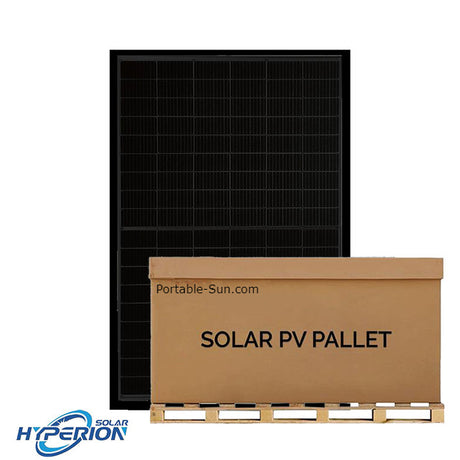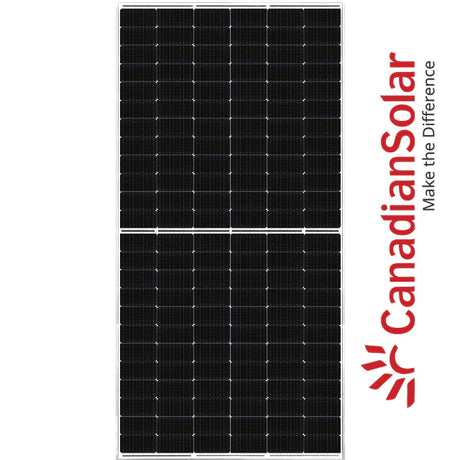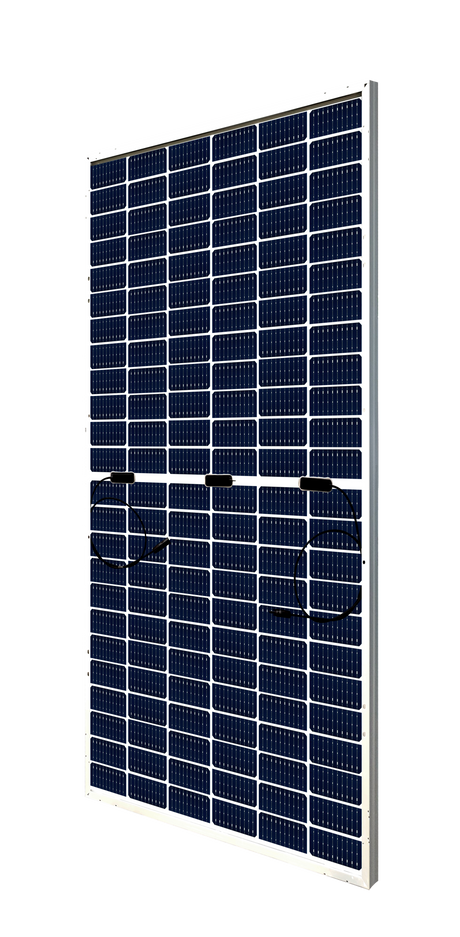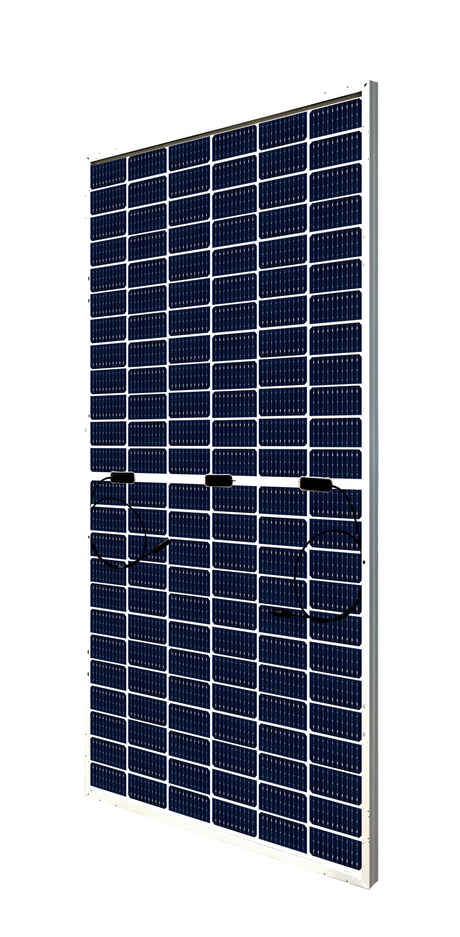Hyperion
$4,649.99$5,724.00Unit price /UnavailableCanadian Solar
$7,299.00$8,922.00Unit price /UnavailableCW Energy
$4,899.00$6,219.04Unit price /Unavailable- 15% off
Canadian Solar
$7,699.00$9,049.99Unit price /Unavailable - 25% off
Canadian Solar
$4,499.00$5,999.99Unit price /Unavailable CW Energy
CW Energy 410W Bifacial Solar Panel (Black) | Up to 530W with Bifacial Gain | Full Pallet (35)
$5,199.39$5,599.99Unit price /Unavailable
What Is a Solar Pallet?
A solar pallet is a set of solar panels mounted on a standard shipping pallet for convenient transport and storage. This allows the panel array to be easily moved using forklifts or pallet jacks and shipped to any location.
The panels arrive pre-arranged on the pallet, providing a ready-to-deploy solar array. This packaging method simplifies logistics and handling, making it easier to deliver multiple solar panels as a single unit.
How Many Solar Panels Are in a Pallet?
A standard solar pallet typically contains between 25 to 50 solar panels, though the exact count depends on the specific model and manufacturer specifications. Most residential-grade panels are packaged with 30-35 panels per pallet to optimize shipping efficiency and protect the panels during transport.
For example, a solar pallet with 30 panels at 400W each provides 12kW of total capacity per pallet. A residential installation requiring 45 panels for an 18kW system would need two pallets, delivering 60 panels total with 15 additional panels available. For a large commercial project, if you ordered 50 solar pallets, you'd receive 1,500 panels, which is 600kW of combined capacity.
This pallet-based packaging simplifies shipping logistics, protects panels during transport, and allows installers to efficiently calculate delivery requirements based on project size.
Which Factors Affect Solar Pallet Size?
The configuration of solar pallets depends on three key factors that determine how manufacturers optimize their packaging.
- Panel wattage. Higher wattage panels like our 540W models are typically packaged in smaller quantities per pallet due to their increased weight and size, while standard 400W panels allow for more units per shipment.
- Physical dimensions. Standard panels, measuring approximately 65" x 39", are stacked and secured differently than larger commercial panels, with manufacturers calculating the optimal configuration to prevent damage during shipping.
- Packaging method. Each manufacturer employs specific packaging methods, using reinforced corners, protective foam inserts, and weather-resistant wrapping to ensure your investment arrives in perfect condition.
How Much Space Does a Solar Pallet Cover?
A single solar pallet can cover between 500 to 800 square feet of roof or ground space, depending on panel dimensions and installation layout. For instance, a pallet containing 30 standard panels (each measuring 65" x 39") provides approximately 530 square feet of panel surface area, though the actual installation footprint will be larger when accounting for required spacing and mounting hardware.
When planning your installation, remember that optimal panel spacing requires approximately 20-30% additional space beyond the panels themselves. This accounts for necessary gaps between rows to prevent shading, maintenance access paths, and proper ventilation.
Our rail-less solar mounting systems and adjustable solar ground mounts help maximize coverage efficiency while ensuring your panels operate at peak performance throughout their lifespan.
Benefits of Buying Solar Panels by the Pallet
Here are the three benefits of buying solar pallets:
- Bulk pricing. Typically reduces per-panel costs by 10-25% compared to individual purchases, delivering immediate savings that can be reinvested into premium components to enhance your system's capabilities.
- Simplified logistics. For installers and commercial project managers, solar pallets significantly simplify logistics. This consolidation reduces delivery fees, minimizes packaging waste, and ensures all panels share identical specifications and performance characteristics.
- Environmental benefits. Bulk packaging can significantly reduce packaging materials compared to individual shipments. Additionally, having panels from the same production batch eliminates performance variations that could create inefficiencies in your system.
How to Estimate Your Needs Using Solar Pallets?
Before purchasing solar pallets, it’s important to estimate how many panels you’ll need to meet your energy goals and how many pallets that translates to. Here’s a step-by-step guide on how to do that:
- Step 1: Calculate your daily energy requirements by reviewing 12 months of utility bills to find your average monthly consumption in kilowatt-hours (kWh). Divide by 30 to determine daily needs—most American homes use 25-35 kWh daily, while commercial facilities may require 100+ kWh.
- Step 2: Determine panel quantity by dividing your daily energy needs by peak sun hours (typically 4-6 hours) and panel wattage. For example, a home needing 30 kWh daily in a 5-hour sun zone requires approximately 15 panels rated at 400W each (30,000 ÷ 5 ÷ 400 = 15 panels).
- Step 3: Convert to pallets by dividing your total panel requirement by the pallet quantity. Needing 45 panels with 30-panel pallets means ordering 2 pallets—the extra panels provide valuable backup or future expansion capability.
Our team can help with system design and planning, ensuring you get exactly what you need for your residential or commercial installations.
Solar Pallets FAQ
1. How many panels are in a standard solar pallet?
Most standard solar pallets contain 25-35 panels, though high-wattage commercial panels may ship 20-25 per pallet. The exact count depends on panel dimensions and manufacturer specifications.
2. Can I mix panel types in one pallet?
Pallets typically contain identical panels from the same production batch. For mixed installations, you'll need separate pallets for each panel type to ensure quality control.
3. How much does a pallet of solar panels cost?
Solar pallet pricing ranges from $6,000 to $15,000 depending on panel wattage, efficiency, and manufacturer. Bulk purchases often qualify for additional volume discounts.
4. How do I calculate the area a pallet will cover on my roof?
For rooftop installations, multiply panel dimensions by quantity, then add 25% for spacing. A 30-panel pallet with standard 65"×39" panels covers approximately 660 square feet including spacing requirements.








